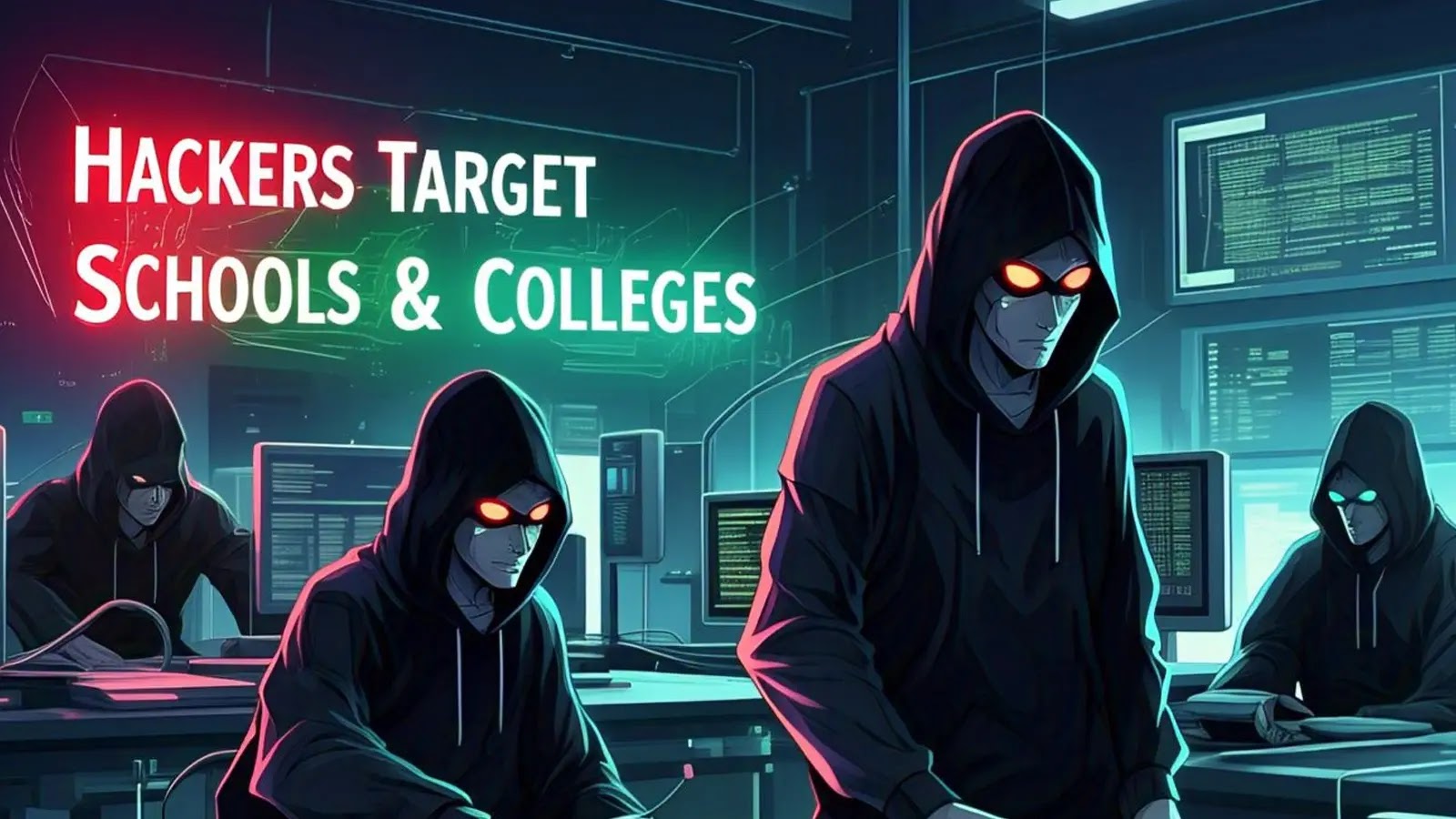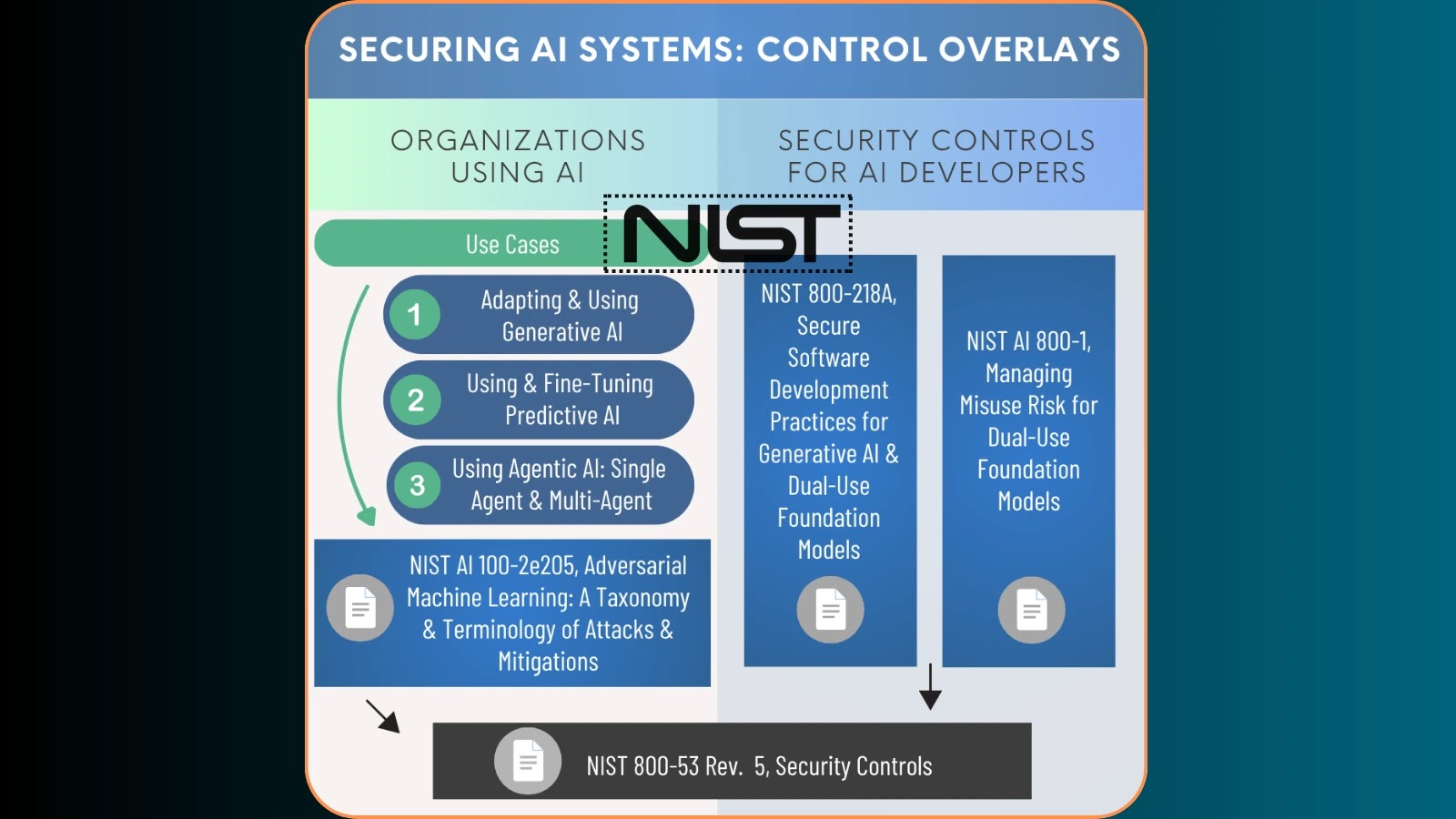In recent years, educational institutions worldwide have become prime targets for cybercriminals, facing an unprecedented surge in sophisticated cyber attacks. This alarming trend underscores the urgent need for enhanced cybersecurity measures within the education sector.
The Rising Threat Landscape
Between April and September 2024, educational institutions consistently ranked among the top three most attacked industries by China-aligned Advanced Persistent Threat (APT) groups, top two for North Korea-aligned actors, and within the top six for both Iran and Russia-aligned threat operators. This data highlights a strategic shift in cybercriminal focus, exploiting the unique vulnerabilities inherent to academic environments.
In the United Kingdom, 71% of secondary schools and a staggering 97% of universities reported serious security breaches over the past year, significantly higher than the 50% rate observed in businesses. Similarly, in the United States, more than one cyber incident occurred per school day between 2016 and 2022, according to the K12 Security Information Exchange (SIX).
Factors Contributing to Vulnerability
Several factors contribute to the heightened vulnerability of educational institutions:
1. Expansive and Porous Networks: Schools and universities operate extensive networks connecting thousands of users, including students, faculty, and administrative staff. This vast connectivity increases the attack surface for cybercriminals.
2. Valuable Data Repositories: Educational institutions store vast amounts of sensitive data, including personal information, financial records, and proprietary research. This data is highly attractive to cybercriminals for financial gain and espionage.
3. Limited Security Resources: Many educational institutions face budget constraints and lack dedicated cybersecurity personnel, making it challenging to implement and maintain robust security measures.
Sophisticated Attack Vectors
Cybercriminals employ advanced techniques to infiltrate educational networks. For instance, the Iran-aligned group Ballistic Bobcat (also known as APT35 or Mint Sandstorm) has been observed implementing multi-stage attacks targeting educational institutions. Their methodology involves process injection techniques, where malicious code is inserted into legitimate system processes to evade detection.
These attacks often begin with carefully crafted phishing campaigns, utilizing QR codes embedded in communications that appear to be legitimate educational materials, such as financial aid forms or administrative notifications. Once initial access is achieved, the malware employs sophisticated detection evasion tactics, injecting malicious code into innocuous system processes to bypass endpoint detection and response (EDR) solutions.
Financial and Operational Impact
The repercussions of these cyberattacks are profound. Since 2018, ransomware incidents alone have cost U.S. educational institutions an estimated $2.5 billion in downtime. Beyond financial losses, these attacks disrupt educational activities, compromise sensitive data, and erode trust within the academic community.
Mitigation Strategies
To combat the escalating threat, educational institutions must adopt comprehensive cybersecurity strategies:
1. Enhanced Training and Awareness: Regular training programs for staff and students can help identify and mitigate phishing attempts and other social engineering tactics.
2. Robust Security Infrastructure: Investing in advanced security solutions, such as multi-factor authentication, intrusion detection systems, and regular security audits, can strengthen defenses.
3. Incident Response Planning: Developing and regularly updating incident response plans ensures a swift and coordinated response to cyber incidents, minimizing potential damage.
4. Collaboration and Information Sharing: Engaging with cybersecurity organizations and participating in information-sharing initiatives can provide valuable insights into emerging threats and effective countermeasures.
Conclusion
The education sector’s increasing prominence as a target for cybercriminals necessitates a proactive and comprehensive approach to cybersecurity. By understanding the unique challenges they face and implementing robust security measures, educational institutions can better protect their networks, safeguard sensitive data, and ensure the continuity of their educational missions.



